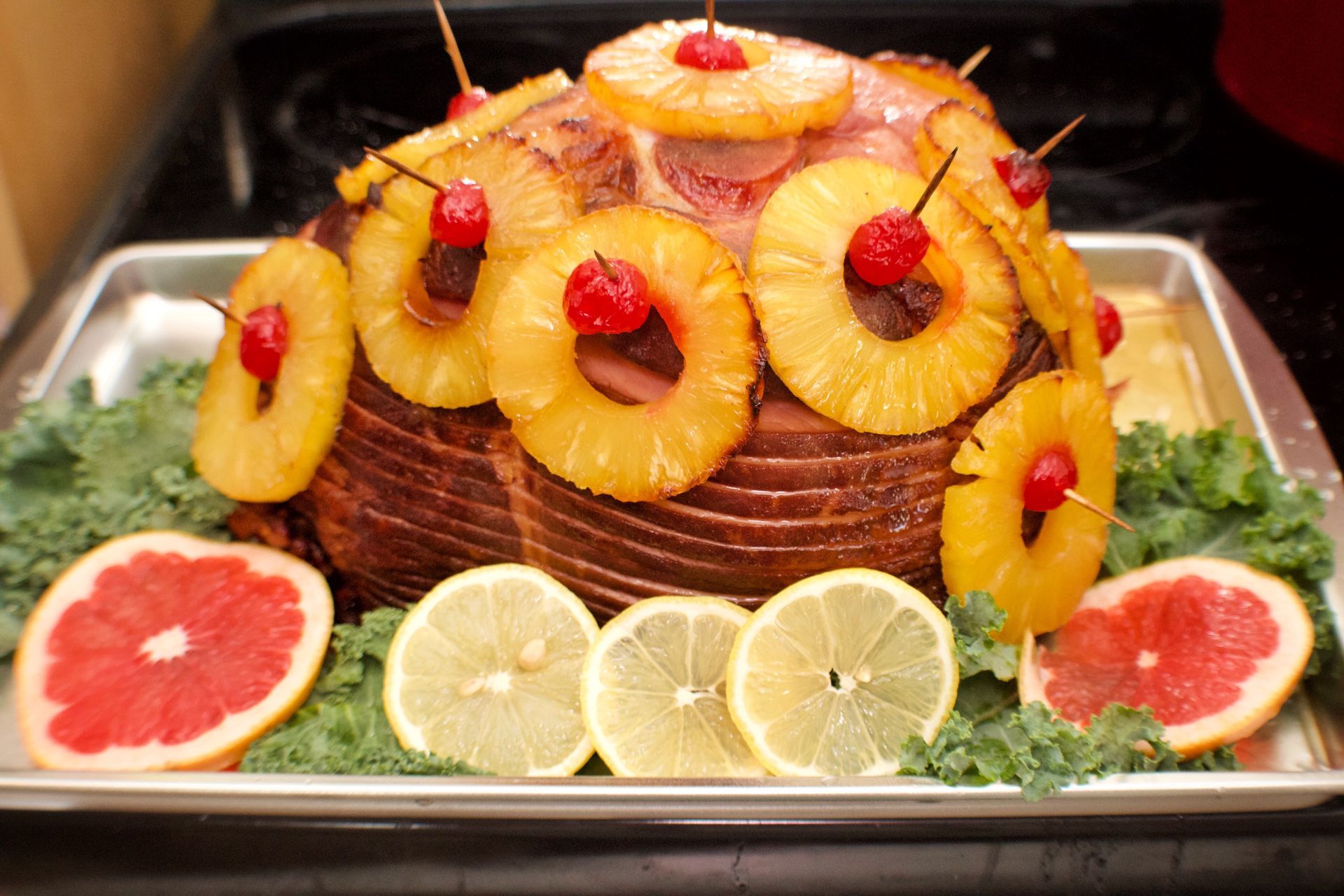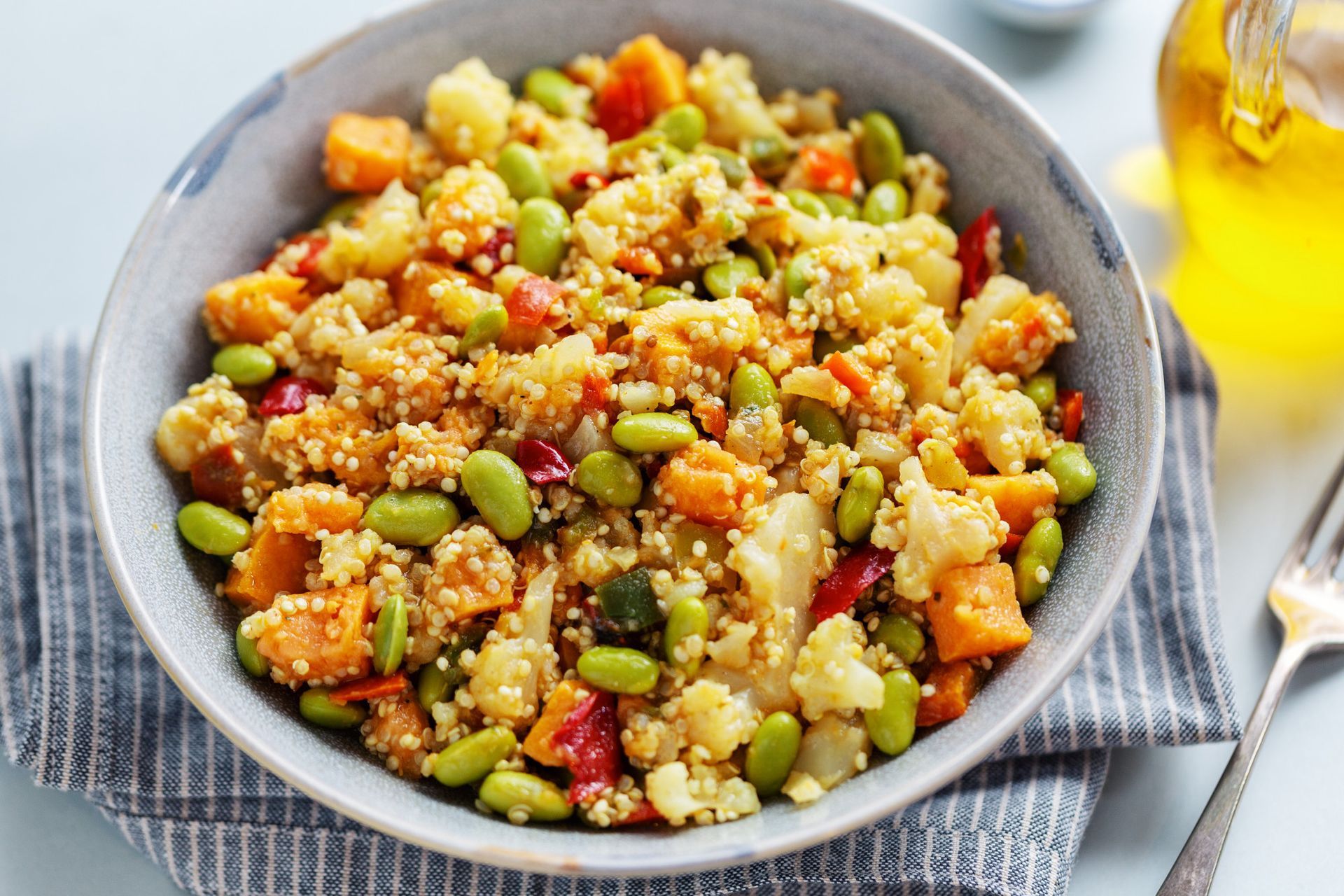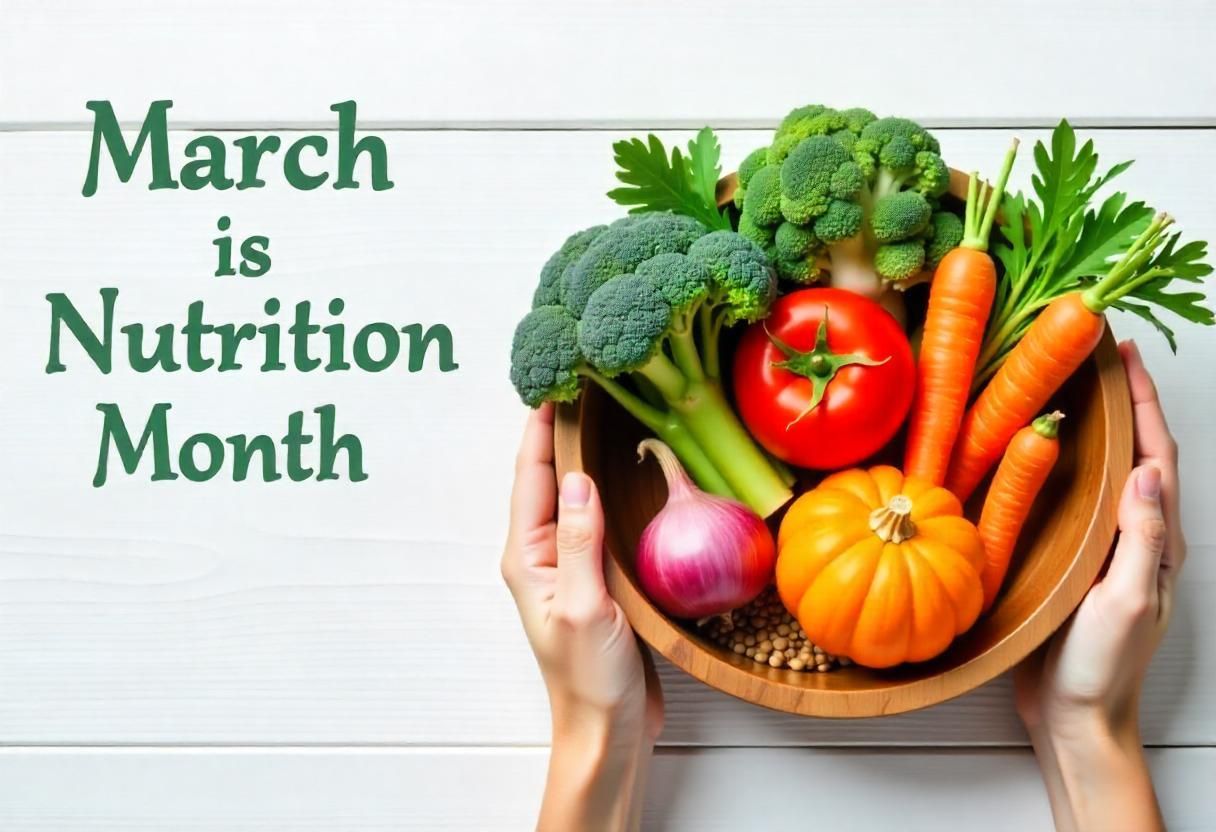OFFICE HOURS
- Mon - Fri
- -
- Sat - Sun
- Closed
The facility doors are locked between 7:30 pm and 9 am. To visit after 7:30pm, please call the Floor 1 supervisor at (902) 521-9496 for entry or ring the doorbell. We do request that visitors are respectful of residents who prefer an early bedtime.
VISITING HOURS
9:30 am – 7:30 pm
October Kitchen Corner
NEWSLETTER
NEWSLETTER

Kitchen Corner
15 Ways to Save Money on Healthy Groceries
Check flyers. Download the APP Flipp for digital flyers and coupons.
Make a menu plan and buy only what you need.
Check coupon expiry dates. Coupons only save money if you will eat or use the food.
Add up the grocery bill as you shop, to help stay on budget.
Convenience stores are usually more expensive and have less variety.
Write down the regular prices of foods you buy often, to help figure out which stores have
the best prices.
Shopping on an empty stomach, makes everything suddenly look delicious. You may be
tempted to buy unhealthy or pre-prepared foods or items that are not on your list.
Shop the perimeter (outside aisles) where you will find fresh vegetables, fruits, fish, lean
meats, eggs and milk products. Only go to the inside aisles for nutritious staples such as
grains, beans, nuts, seeds, peanut butter, etc. Avoid aisles with pop, candy and chips.
Vegetables and fruits are less expensive when they are in season. You will also avoid waste
if you by fresh fruit at different stages of ripeness, some that are ripe and ready to eat and
some that will be ripe in a few days.
When fresh is out of season or too expensive, buy frozen. They are just as nutritious.
If using canned, rinse them under cold water to wash away some of the excess sodium.
The most expensive items are usually put on the shelves at eye level.
Make sure you have enough time to eat the products you are buying.
Reduced vegetables are good for soups and stews. Ripe bananas are perfect for muffins or
banana bread. Day old bread can be used to make toast, grilled sandwiches, breakfast
bakes or croutons.
Store brands or no-name brands are nutritious and less expensive.
If you can, grow your own vegetables, fruits and herbs in the summer.








